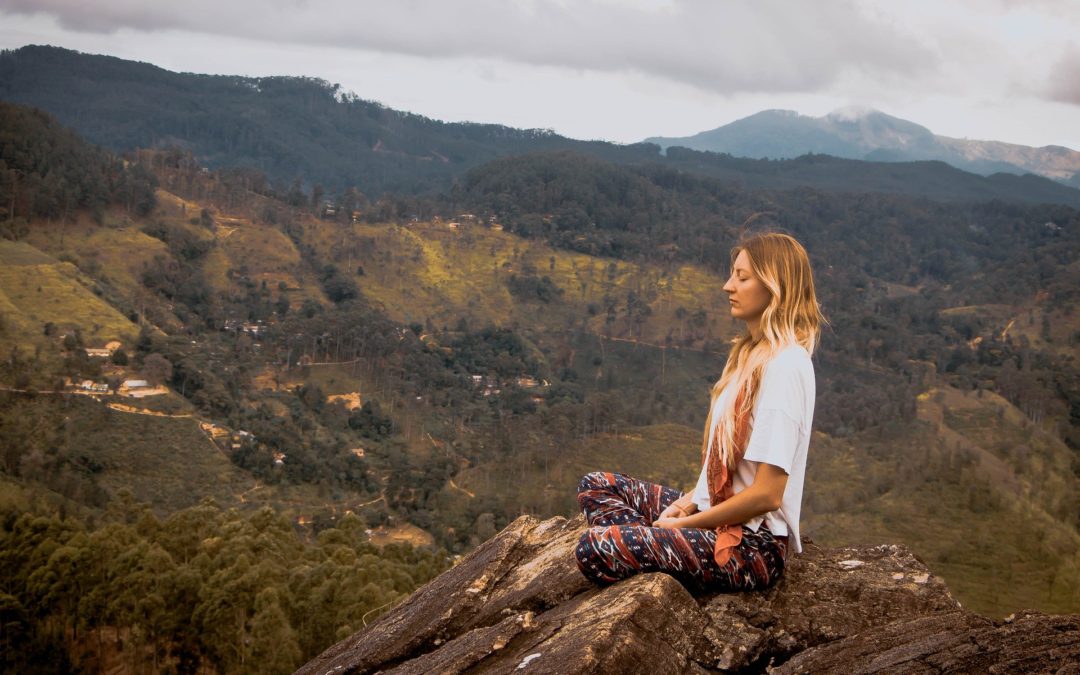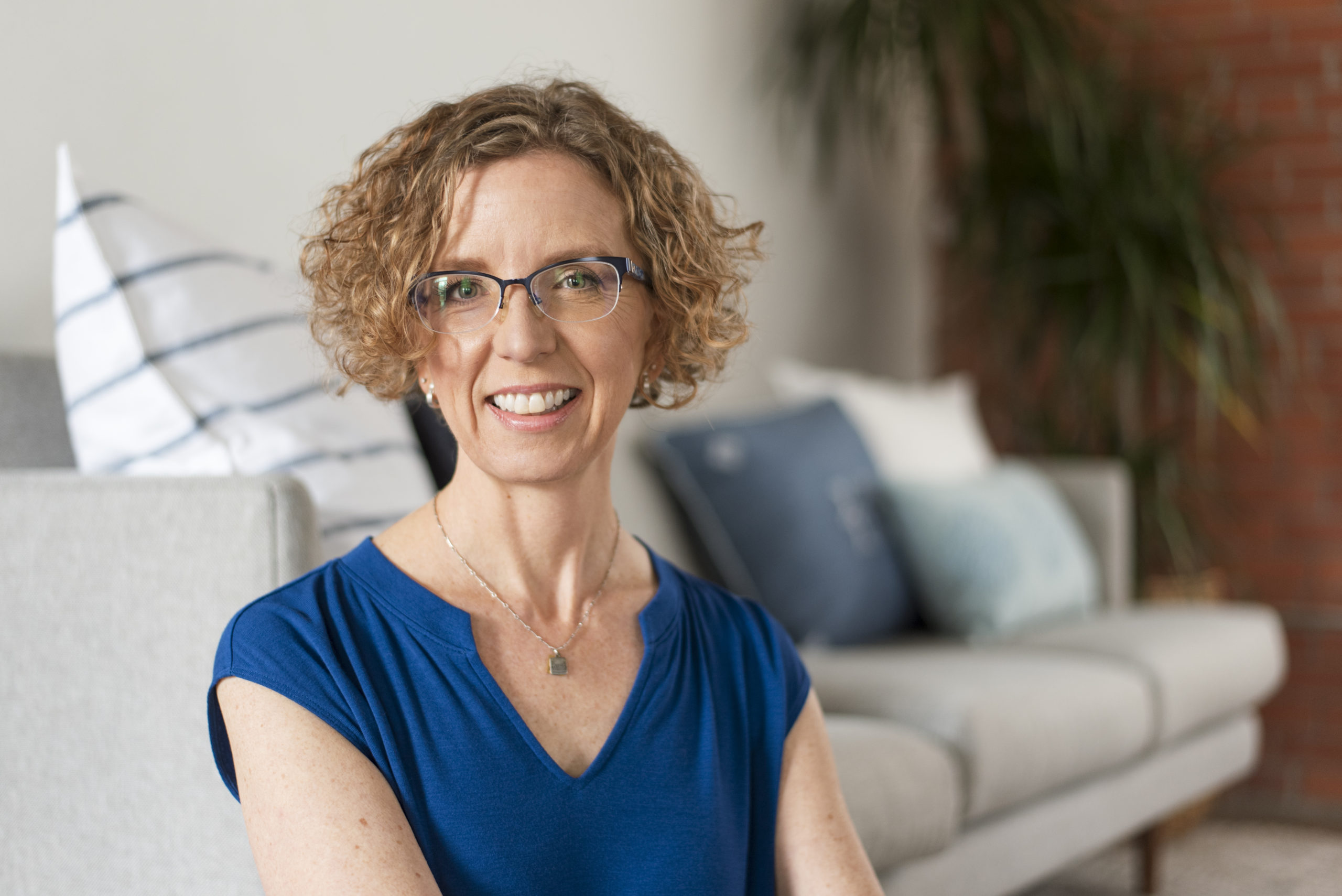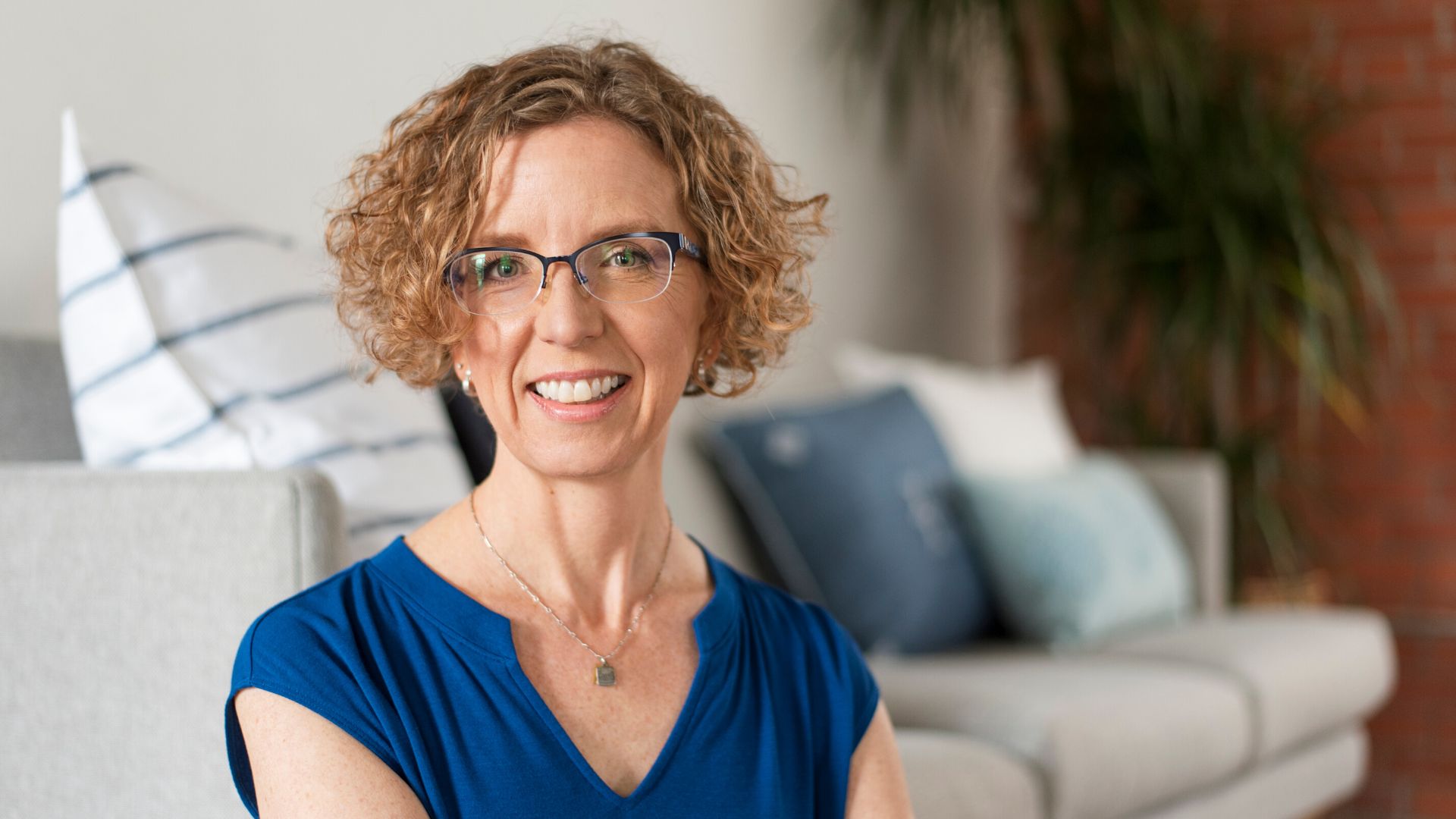In January 2020, I joined the Ten Percent Happier New Year’s Challenge. The challenge was to meditate 15 out of 21 days. Each day there was a short video lesson followed by a ten-minute guided meditation.
A year later, and I’m still meditating. In fact, I recently reached a significant milestone—a year of daily meditation.
Every. Single. Day.
For 365 days.
There was a time that I didn’t think I could meditate. I sat down, closed my eyes and my mind took off in a thousand different directions. I wasn’t any “good” at it. But over the last year, I’ve set those perfectionist tendencies aside – there’s a reason it’s called a practice, after all. Instead of focusing on achieving some perfect Zen state, I’ve gotten curious. Observing where my mind goes, I bring it back, over and over, to the present moment. Always, beginning again.
What have I noticed after a year of meditating?
I’m less critical with myself; and when I do hear my inner critic or perfectionist, I’m able to notice and name it.
I’m better at catching myself when I’m harsh or critical toward my spouse, apologizing for my meanness or sharp words when they arise.
I’m less anxious when physical pain arises in my body, and more aware of the impermanence of it. I can feel the pain without allowing it to send me into a spiral of fear and anxiety over what might be “wrong.”
Meditation hasn’t magically solved all my problems, or resolved the depression and anxiety I carry. But it has helped.
And, I have to admit, the (over)achiever in me loves to see the number of consecutive days go up and up in my Ten Percent Happier app as the streak continues. Some days, it’s my only reason to show up and sit, even for 5 minutes.
What have I learned?
1. Thoughts are always present. I used to think that meditation was about clearing my mind of all thoughts, creating an empty space of nothingness for a period of time. But the brain thinks—that’s what it does—just like the heart beats or the lungs breathe. Thoughts will arise—there’s no stopping them. Allowing the thoughts, noticing them and not getting “hooked” by them—that is the practice. My mind is like the sky, and the thoughts are the clouds floating through it.
2. Don’t go it alone. There are lots of apps out there to support a meditation practice. I’ve landed with Ten Percent Happier. I use a guided meditation on the app most days; occasionally I’ll just use the timer in the app. It tracks my time, days, and sessions of meditation. The (over)achiever in me is motivated by watching the number of consecutive days keep going up. Whether it’s the voice of the person guiding, the variety of guided meditations available, the bonus of learning from one of the courses available on the app, or just tracking progress, there’s a lot to like about the app. I also recommend Kristin Neff’s self-compassion meditations.
3. Always, begin again. Every minute I spend in meditation is a new opportunity to learn—an invitation to come back to the body, the breath, this moment. And I carry that into my day. When an uncomfortable emotion arises, I notice it, feel it, and allow it to move through. I recognize the impermanence of my thoughts and my emotions.
4. Curiosity over criticism. Instead of criticizing myself because I’m not doing it “right,” I get curious about what’s going on when I’m meditating. I notice a thought, name it, and go back to focusing on my breath or the sounds around me. I notice an emotion, try to name it, and let it float by.
5. Practice, not perfection. Enough said.
6. Anyone can meditate. If I can do it, I suspect almost anyone can do it. There are different approaches, and you may need to experiment to find what works best for you. Although it works for me, closing your eyes and focusing on breath might not be the best approach for everyone who has experienced trauma. For some, keeping the eyes open works better, or focusing on sounds around you instead of the breath. Or, maybe try a walking meditation, instead of sitting.
7. Every minute counts. One minute of stopping to focus on breathing, to notice your body, to pay attention to the emotions or thoughts rising. That is enough.
When I started the New Year’s Challenge in January 2020, little did I know that a global pandemic would upend the world and send me in search of something I could hold on to, something to ground and calm me in the midst of the chaos swirling around—but that’s what meditation did.
Now I look forward to my daily “sit.” I’ve discovered the more I meditate, the more I want to meditate, increasing my time from 5-15 minutes to 20-30 minutes daily.
Feeling the breath in my body. In and out, in and out.
Feeling my body in the chair, my feet on the floor. Grounded. Here. Now.
Comment below or connect with me on social media.






A wonderful way to experience meditation through your experience. Thanks, Deborah, for sharing this with us
Thank you, Jane!
What a lovely sharing of your experience and approach to meditation. Congratulations on finding a way that works for you!
Thanks, Marla!